Apple's New Manufacturing Partner, GT Advanced, Uses Particle Accelerator to Cut Sapphire Glass Production Costs
Apple's new sapphire glass manufacturing partner, GT Advanced, owns some very advanced technology to manufacture extremely thin sheets of sapphire much more cheaply than current methods.
TechCrunch has done some digging and discovered a company called Twin Creeks that GT Advanced acquired late last year. Twin Creeks developed a hydrogen particle accelerator (pictured below) as a cheaper alternative to saws when attempting to slice larger chunks of sapphire for use on electronics.
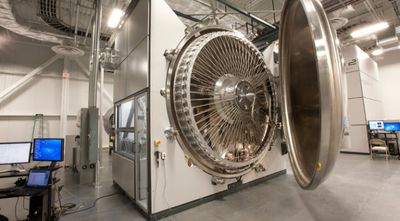
Twin Creeks’ hydrogen ion particle accelerator (basically an ion cannon) allowed them to place wafers around the edges of the device and smash them with hydrogen ions. Here’s a description of the process from Extreme Tech:
"A particle accelerator bombards these wafers with hydrogen ions, and with exacting control of the voltage of the accelerator, the hydrogen ions accumulate precisely 20 micrometers from the surface of each wafer. A robotic arm then transports the wafers to a furnace where the ions expand into hydrogen gas, which cause the 20-micrometer-thick layer to shear off."
The process, when applied to solar, is then followed up by backing the sheets with flexible metal. The result is a huge reduction in thickness of sheets without the use of saws. This results in a big reduction in costs.
According to the press release GT Advanced released last week, GT expects to see its gross margins to drop significantly as sapphire glass production rises -- as costs go down -- but the overall volume will more than make up for it.
TechCrunch goes on to note a patent that Apple got last year that creates a layered touchscreen with a "hyper-thin sheet of sapphire" combined with much cheaper glass sheets. The sapphire glass could be on the outside of the phone, protecting the screen from scratches, while enjoying the cost-savings of cheaper forms of glass on the rest of the display assembly.
By doing this, Apple could stretch out the production and cost factors of sapphire enough to support manufacturing full-size display cover sheets, not just small wearable panels, buttons or protective camera covers. This, in turn, could mean sapphire cover sheets that are harder and tougher than standard glass materials on your iPhone years sooner than most analysts have predicted.
The new Apple/GT Advanced facility is expected to open in Mesa, Arizona sometime next year.
Popular Stories
iOS 18 will give iPhone users greater control over Home Screen app icon arrangement, according to sources familiar with the matter. While app icons will likely remain locked to an invisible grid system on the Home Screen, to ensure there is some uniformity, our sources say that users will be able to arrange icons more freely on iOS 18. For example, we expect that the update will introduce...
The next-generation iPad Pro will feature a landscape-oriented front-facing camera for the first time, according to the Apple leaker known as "Instant Digital." Instant Digital reiterated the design change earlier today on Weibo with a simple accompanying 2D image. The post reveals that the entire TrueDepth camera array will move to the right side of the device, while the microphone will...
Apple today released macOS Sonoma 14.4.1, a minor update for the macOS Sonoma operating system that launched last September. macOS Sonoma 14.4.1 comes three weeks after macOS Sonoma 14.4. The macOS Sonoma 14.4.1 update can be downloaded for free on all eligible Macs using the Software Update section of System Settings. There's also a macOS 13.6.6 release for those who...
Apple has previously announced three new iOS features that it said are coming to the iPhone later this year, as outlined below. The new features include the ability to install iPhone apps on the web in the EU, RCS support in the Messages app, and next-generation CarPlay. Web Distribution Apple recently announced that eligible developers will soon be able to distribute their iOS apps to ...
Apple's iPhone development roadmap runs several years into the future and the company is continually working with suppliers on several successive iPhone models concurrently, which is why we sometimes get rumored feature leaks so far ahead of launch. The iPhone 17 series is no different, and already we have some idea of what to expect from Apple's 2025 smartphone lineup. If you plan to skip...
iOS 18 will feature a revamped Home Screen that is "more customizable," according to Bloomberg's Mark Gurman. He revealed this information in his Power On newsletter today, but he did not provide any specific details. Subscribe to the MacRumors YouTube channel for more videos. Apple will announce iOS 18 at its annual developers conference WWDC in June. Other features and changes rumored for...
We're getting closer to the launch of new iPad Pro and iPad Air models, while rumors about iOS 18 are continuing to ramp up with this week's surprise revelation that Apple has been talking to Google and others about potentially helping power the generative AI features expected to be a major part of this year's update. Other news this week saw the release of iOS 17.4.1 and iPadOS 17.4.1...



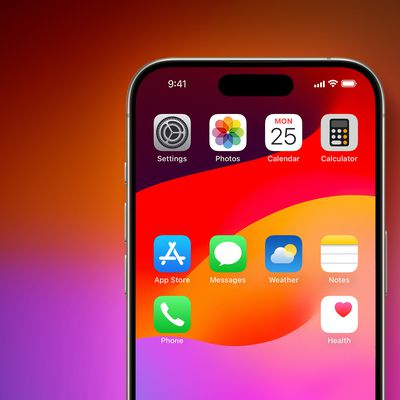
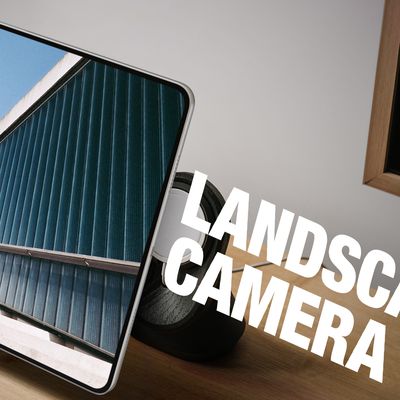
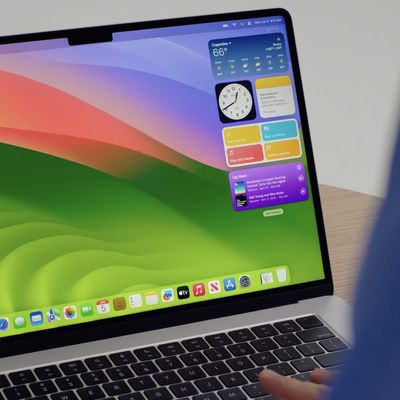
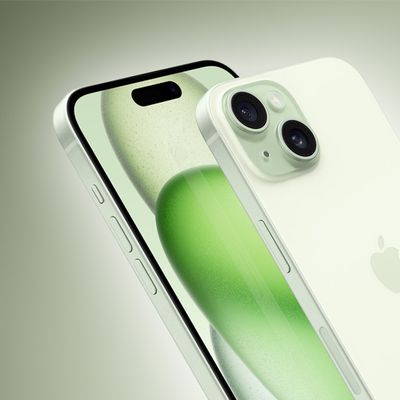


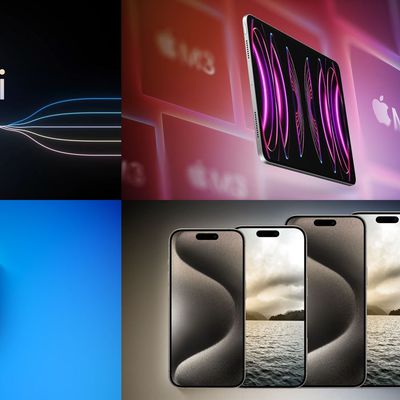




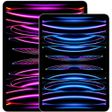
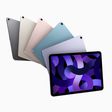

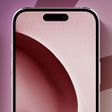




Top Rated Comments
The problem is that the saw blade is relatively thick so that you wind up losing most of the sapphire to the saw cut. Using the proton method there is virtually no wasted material.
Accelerating protons into sapphire is a clever idea. Charged particles in solids lose energy as 1/E. This means that the slower they move the faster they they slow down. This is why they all wind up at roughly the same depth. The protons acquire an electron from the matrix becoming hydrogen. When the boule is heated the gas expands and a thin slice cleaves off the boule.
Interesting that they will layer 20 microns of sapphire over glass. Sapphire is extremely hard but it might not be tough. Perhaps the combination is both scratch resistant and fracture resistant.
But I'd be more impressed if it were portable (say, backpack sized) and fired a stream of protons which could trap ectoplasmic entities.
Either way very cool that they can do this.
They're the company that published the particle beam saw idea in 2012 for solar cells, and that's why GT Advance bought them the same year.
The combination is what attracted Apple to GT Advance.